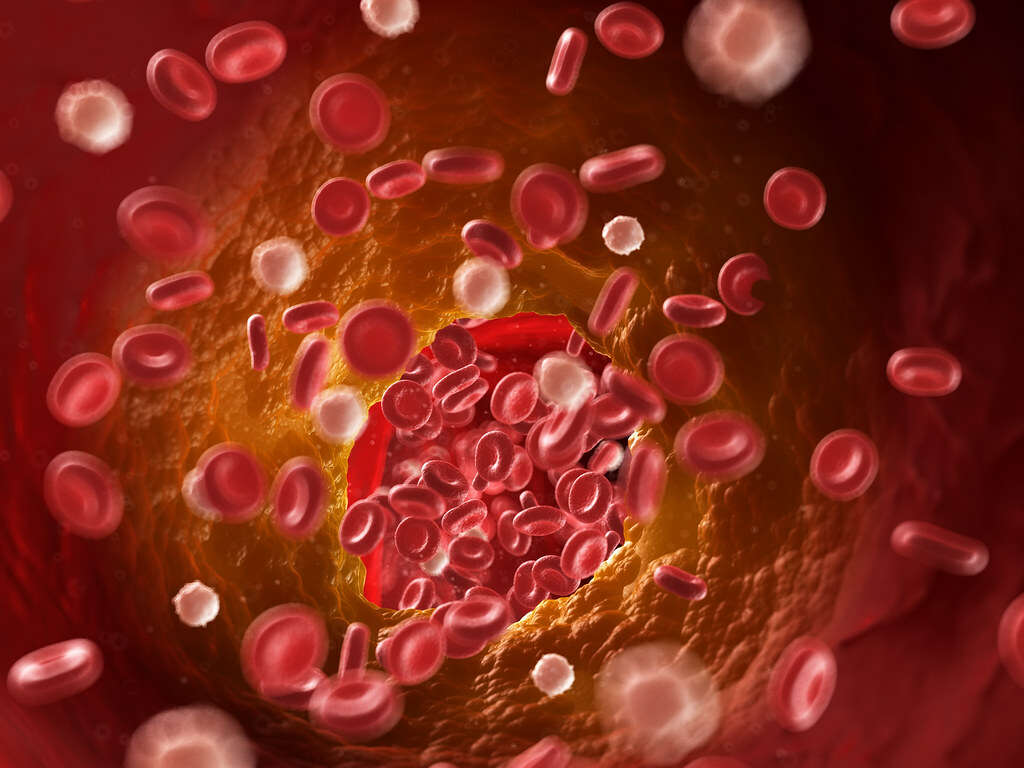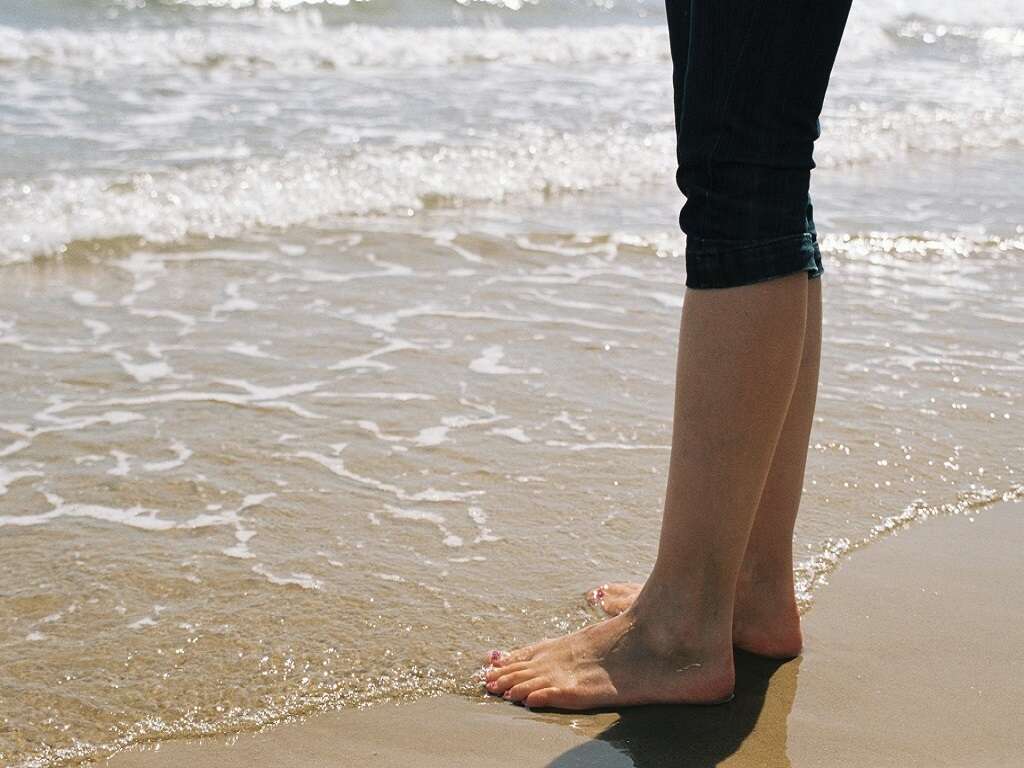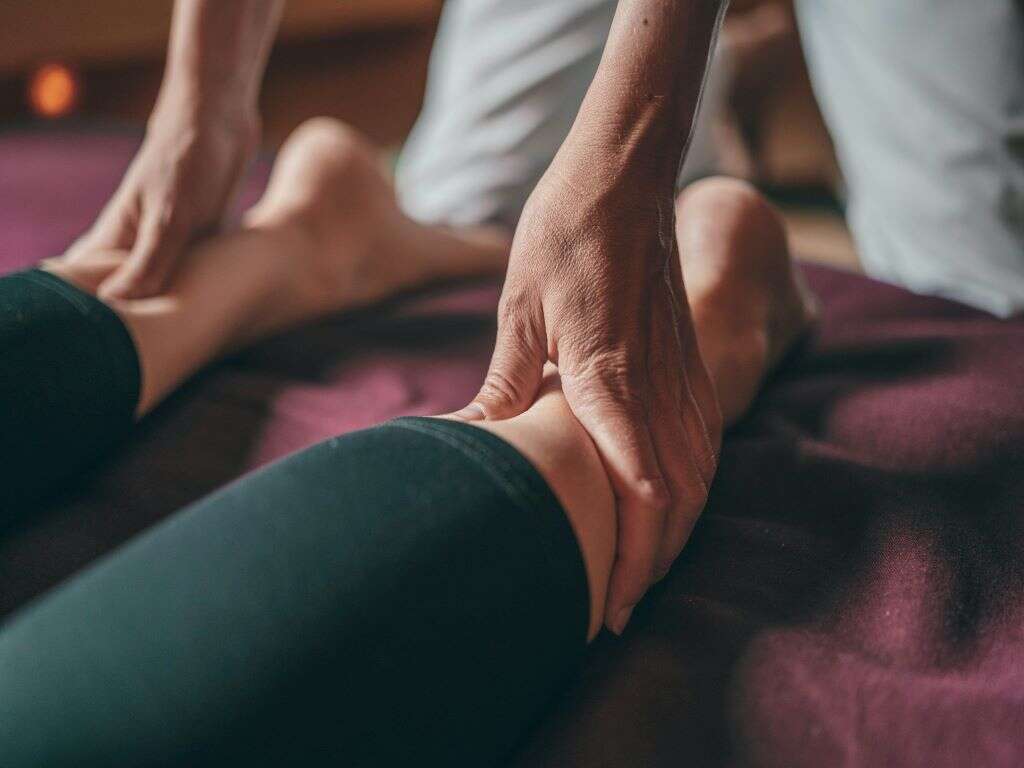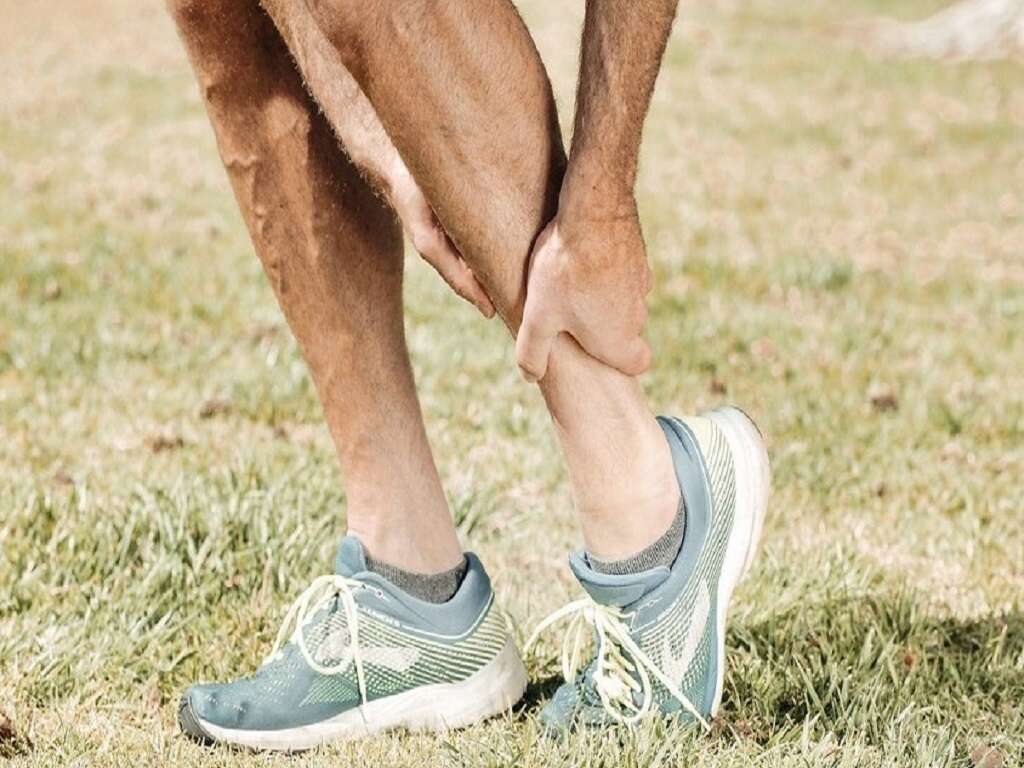10 IT Band Syndrome Symptoms
 Article Sources
Article Sources
- 1. 'IT Band Syndrome: Treatment, Exercises, Symptoms, Recovery Time.' MedicineNet, 10 Mar. 2020, www.medicinenet.com/iliotibial/band/syndrome/article.htm#what/is/iliotibial/band/it/band/syndrome
- 2. 'Iliotibial Band Syndrome.' Physiopedia, 2021, www.physio-pedia.com/Iliotibial/Band/Syndrome
- 3. Foglar, Christian. 'IT Band Syndrome Causes and Risk Factors.' Sports-Health, 2021, www.sports-health.com/sports-injuries/leg-injuries/it-band-syndrome-causes-and-risk-factors
- 4. Fletcher, Jenna. 'What Is Iliotibial Band Syndrome and How Is It Treated?' Medical News Today, 29 Jan. 2018, www.medicalnewstoday.com/articles/320757#symptoms
- 5. 'Articles.' Cedars Sinai, 2021, www.cedars-sinai.org/health-library/diseases-and-conditions/i/iliotibial-band-syndrome.html
- 6. 'Staph Infection.' Nhs.Uk, 21 June 2021, www.nhs.uk/conditions/staphylococcal-infections
- 7. Back In Motion. 'What Is Iliotibial Band Syndrome?' Back In Motion, 2021, www.backinmotion.com.au/blog/article/iliotibial-band-syndrome
- 8. 'Beating the Band — New Treatment for IT Band Syndrome Yields Results.' Elite Sports Podiatry, 11 Oct. 2019, elitesportspodiatry.com/beating-the-band-new-treatment-for-it-band-syndrome-yields-results
The iliotibial band (IT band) is a multipurpose tendon located on the outside of the hip and running down to the top of the shinbone.1‘IT Band Syndrome: Treatment, Exercises, Symptoms, Recovery Time.’ MedicineNet, 10 Mar. 2020, www.medicinenet.com/iliotibial/band/syndrome/article.htm#what/is/iliotibial/band/it/band/syndrome The IT band is an important part of the leg's anatomy and is responsible for stabilizing the hips and knees, particularly during movements such as running and jumping. When the IT band becomes injured and a person develops IT band syndrome, movement may be limited, causing understandable frustration.
IT band syndrome is typically caused by repetitive stress to the tendon. Therefore, this condition is usually associated with those who have active lifestyles.1‘IT Band Syndrome: Treatment, Exercises, Symptoms, Recovery Time.’ MedicineNet, 10 Mar. 2020, www.medicinenet.com/iliotibial/band/syndrome/article.htm#what/is/iliotibial/band/it/band/syndrome
Outer Knee Pain
In the majority of IT band syndrome cases, outer knee pain is the first and most common symptom. This pain may occur anyway around the knee; however, typically it can be felt just above the joint.1‘IT Band Syndrome: Treatment, Exercises, Symptoms, Recovery Time.’ MedicineNet, 10 Mar. 2020, www.medicinenet.com/iliotibial/band/syndrome/article.htm#what/is/iliotibial/band/it/band/syndrome In most cases, the type of pain described is sharp and shooting and tends to worsen when the heel strikes the floor.2‘Iliotibial Band Syndrome.’ Physiopedia, 2021, www.physio-pedia.com/Iliotibial/Band/Syndrome
Those with IT band syndrome experience outer knee pain because the condition causes inflammation that puts pressure on the nerve endings in the area where the band crosses the bony protrusion called femoral epicondyle.1‘IT Band Syndrome: Treatment, Exercises, Symptoms, Recovery Time.’ MedicineNet, 10 Mar. 2020, www.medicinenet.com/iliotibial/band/syndrome/article.htm#what/is/iliotibial/band/it/band/syndrome

Pain That Goes Away After Warming Up
Depending on the severity and stage of a person's IT band syndrome, pain symptoms may go away once a person has completed a warm-up. Typically, the pain only subsides after warming up in the early stages of IT band syndrome.3Foglar, Christian. ‘IT Band Syndrome Causes and Risk Factors.’ Sports-Health, 2021, www.sports-health.com/sports-injuries/leg-injuries/it-band-syndrome-causes-and-risk-factors
Failing to effectively warm up or cool down before and after exercising is one of the common causes of IT band syndrome. Anyone experiencing joint or muscle pain should implement an effective warm-up and cool-down routine.3Foglar, Christian. ‘IT Band Syndrome Causes and Risk Factors.’ Sports-Health, 2021, www.sports-health.com/sports-injuries/leg-injuries/it-band-syndrome-causes-and-risk-factors

Pain That Increases With Exercise
While in the early stages it's common for IT band syndrome pain to ease after a warm-up, as the condition progresses, people may find the pain actually continues to increase once they begin exercising.4Fletcher, Jenna. ‘What Is Iliotibial Band Syndrome and How Is It Treated?’ Medical News Today, 29 Jan. 2018, www.medicalnewstoday.com/articles/320757#symptoms
IT band pain triggered by exercise may be unpleasant, and continuing to exercise with the condition may make symptoms worse in the long term. Therefore, anyone experiencing intense pain around their knee joints during physical activity should allow their body to rest and recover.1‘IT Band Syndrome: Treatment, Exercises, Symptoms, Recovery Time.’ MedicineNet, 10 Mar. 2020, www.medicinenet.com/iliotibial/band/syndrome/article.htm#what/is/iliotibial/band/it/band/syndrome

Aching
Commonly, people experiencing IT band syndrome complain of sharp and shooting pains around the knee joint. However, it's also normal for some people to experience mild to moderate aching.5‘Articles.’ Cedars Sinai, 2021, www.cedars-sinai.org/health-library/diseases-and-conditions/i/iliotibial-band-syndrome.html
This aching can be localized to the knee joint or radiate all the way up to the thigh or hip. In many cases, aching caused by IT band syndrome is triggered by physical activity and may not be present at rest.5‘Articles.’ Cedars Sinai, 2021, www.cedars-sinai.org/health-library/diseases-and-conditions/i/iliotibial-band-syndrome.html

Burning Sensations
Unfortunately, IT band syndrome may cause a range of painful symptoms, including burning sensations. As a result of the inflammation the condition causes, feelings of burning around the knee and up the thigh is extremely common.5‘Articles.’ Cedars Sinai, 2021, www.cedars-sinai.org/health-library/diseases-and-conditions/i/iliotibial-band-syndrome.html Some people may also describe this pain as a tingling sensation.
While burning sensations may be disconcerting and frustrating for those with active lifestyles, with rest and medication to reduce inflammation, this symptom of IT band syndrome may be effectively managed.1‘IT Band Syndrome: Treatment, Exercises, Symptoms, Recovery Time.’ MedicineNet, 10 Mar. 2020, www.medicinenet.com/iliotibial/band/syndrome/article.htm#what/is/iliotibial/band/it/band/syndrome

Pain Up and Down the Leg
A common misconception about IT band syndrome is that the symptoms are localized to the knee joint. However, while some people with mild or early stages of the condition may only have pain around the knee, others may also experience painful symptoms all the way up and down their leg.1‘IT Band Syndrome: Treatment, Exercises, Symptoms, Recovery Time.’ MedicineNet, 10 Mar. 2020, www.medicinenet.com/iliotibial/band/syndrome/article.htm#what/is/iliotibial/band/it/band/syndrome
Feeling pain that radiates up toward the thigh or hip may be a sign of a more severe case of IT band syndrome, and those experiencing it should consult a doctor.

Pops and Clicks
The painful symptoms of IT band syndrome are typically the most widely discussed. However, audible noises, such as pops, clicks and snapping on the outside of the knee can also be indicators of the syndrome.1‘IT Band Syndrome: Treatment, Exercises, Symptoms, Recovery Time.’ MedicineNet, 10 Mar. 2020, www.medicinenet.com/iliotibial/band/syndrome/article.htm#what/is/iliotibial/band/it/band/syndrome
Hearing occasional pops or clicks from the knee joints is a normal phenomenon that most people experience and is unrelated to IT band syndrome. However, if those audible symptoms are accompanied by pain or are becoming increasingly common, speaking with a doctor is recommended.

Warmth and Redness Around the Knee
As previously mentioned, IT band syndrome causes inflammation of the joint. Therefore, many people report experiencing warmth, redness and puffiness over the IT band above the knee joint.4Fletcher, Jenna. ‘What Is Iliotibial Band Syndrome and How Is It Treated?’ Medical News Today, 29 Jan. 2018, www.medicalnewstoday.com/articles/320757#symptoms
Typically, these symptoms are nothing to be overly concerned about. However, warmth and redness of the skin may also be symptoms of skin infections, which may lead to complications. Therefore, it's best for anyone experiencing warmth, redness and inflammation to consult a doctor to rule out an infection and diagnose IT band syndrome.6‘Staph Infection.’ Nhs.Uk, 21 June 2021, www.nhs.uk/conditions/staphylococcal-infections
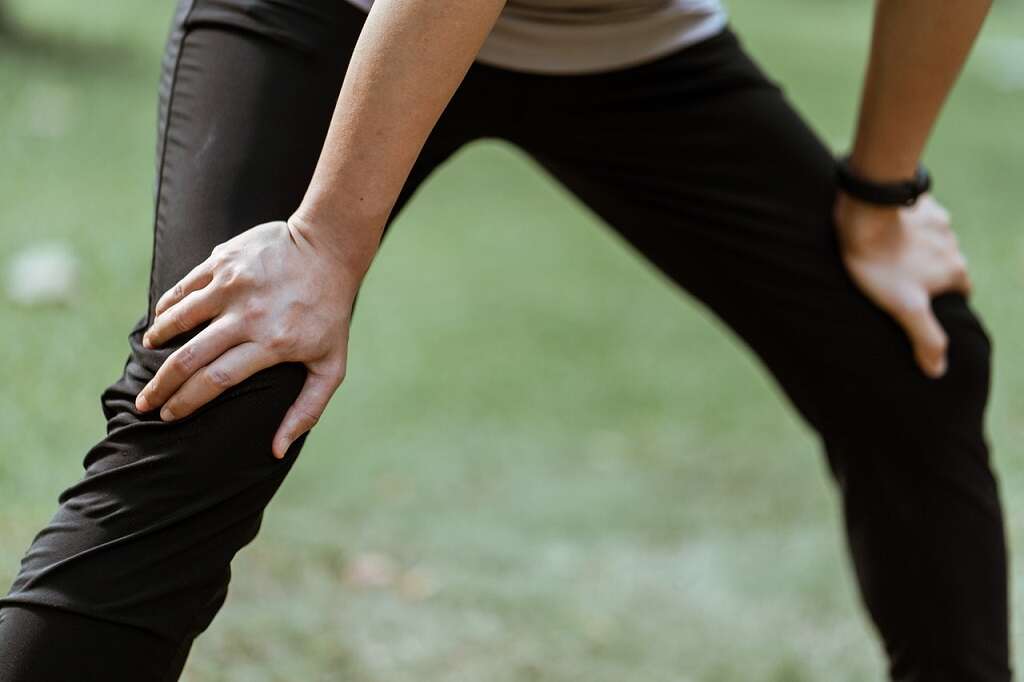
Pins and Needles
A symptom of IT band syndrome that may easily go unnoticed is pins and needles. This symptom flies under the radar because it's a common sensation that causes little discomfort. However, pins and needles are an early sign of IT band syndrome.7Back In Motion. ‘What Is Iliotibial Band Syndrome?’ Back In Motion, 2021, www.backinmotion.com.au/blog/article/iliotibial-band-syndrome
When a person experiences frequent bouts of pins and needles in the leg or knee, visiting a doctor is recommended as this may lead to an early IT band syndrome diagnosis and prevent the symptoms from progressing into more debilitating issues.
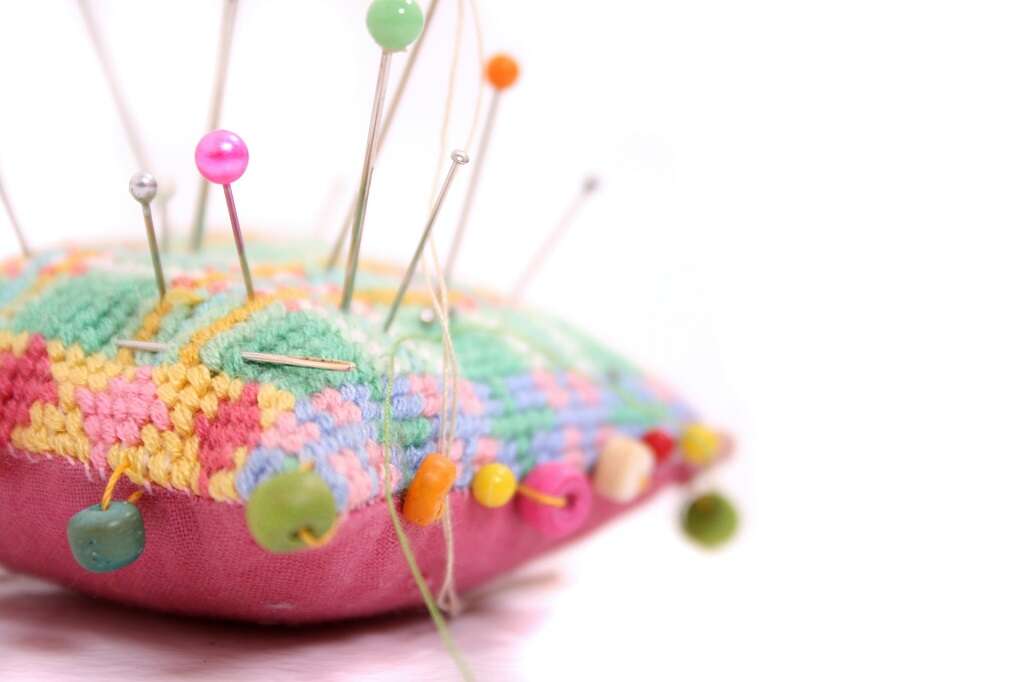
Pain That Worsens Over Time
IT band syndrome is considered a progressive condition. This means that, without proper treatment, symptoms may continue to worsen over time. In the early stages, many people ignore symptoms of IT band syndrome because the pain is manageable, and their symptoms come and go. However, ignoring IT band pain commonly leads to greater issues down the line.8‘Beating the Band — New Treatment for IT Band Syndrome Yields Results.’ Elite Sports Podiatry, 11 Oct. 2019, elitesportspodiatry.com/beating-the-band-new-treatment-for-it-band-syndrome-yields-results
A person who experiences IT band or knee pain that slowly worsens may have IT band syndrome and should seek medical advice.



